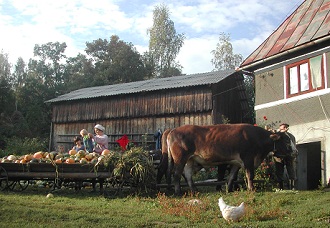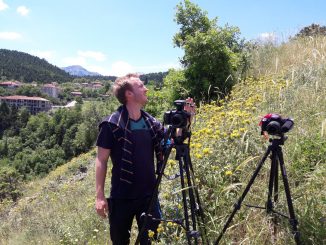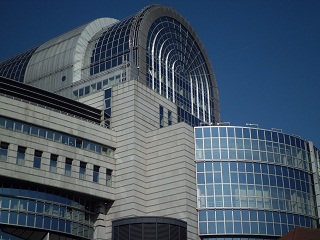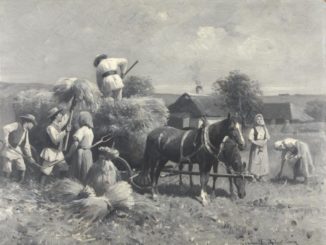On May 29th, a study about semi-subsistence farming (SSF) and small farms in the EU was presented in the Parliament’s Agriculture Committee (COMAGRI). Although the report did not receive much interest, its outcomes are a reminder of the social, economic and environmental importance of such farming for food security, employment and rural vitality in many regions of the EU…and the CAP’s ignorance of this hidden reality.
 Researchers from Kent University and Aberdeen University conducted qualitative research in Member States such as Bulgaria, Poland, Romania, Greece, Italy and Portugal, as well as interviews in Hungary, Malta and Slovenia to learn more about it. The first comment they made was about the lack of reliable quantitative data on SSF across the EU.
Researchers from Kent University and Aberdeen University conducted qualitative research in Member States such as Bulgaria, Poland, Romania, Greece, Italy and Portugal, as well as interviews in Hungary, Malta and Slovenia to learn more about it. The first comment they made was about the lack of reliable quantitative data on SSF across the EU.
What is semi-subsistence farming? What are small farms? What are the figures?
Two key criteria define SSF/SF: a physical size under 2 or 5 hectares, and a standard output below €2,000 and €8,000.
They sell less than 50% of total production, producing predominantly for personal household consumption. They are still pervasive in EU despite structural change over time (features of peasant economy). However, they are typically family-run and often elderly.
In an EU total of 12.1 million farms, 5.8 are classified as SSF/SF.
The authors emphasize the large contribution of SSF/SF: they provide scenic landscapes and farmland biodiversity, local foods and short supply chains, household income, food security, mitigation of rural poverty and a contribution to wider rural economy (off-farm jobs, services etc).
The CAP doesn’t fit SSF/SF
One of the issues on the CAP reform agenda was whether or not the proposed small farmers’ scheme payment in Pillar 1 should be a voluntary option for Member States, as was proposed by the Commission in the beginning. Now it seems there is an agreement in the trilogues to have an optional one since some states have claimed they don’t have any (or very few) SSF/SF beneficiaries.
Indeed the study recommends a facultative one also while adding it will hardly affect SSF/SF anyway despite a substantial simplification. At the moment most of current measures from Pillar 1 and 2 do not actually benefit SSF/SF: they are often not eligible due to national flexibilities (minimum size, number of plots, large farms bias…).
What future for SSF/SF?
The possible paths ahead for SSF/SF are: disappearance, land absorbtion by larger farms or abandonment; or transformation to more commercial farms or continuation e.g. part-time farming.
MEP Tarrabela (S&D) raised the Romanian case which counts 2.7 million farms of less than 2 hectares, half of the total number of Romanian farms: “Romania is a future EU farming giant which feeds investors’ appetite, what will become of these SSF/SF with such high pressure on land?”
MEP Häusling (Greens) highlighted the social role of SSF/SF in times of economic crisis: “they always play a role they never have disappeared”.
Indeed while much of the literature on rural economies has published SSF/SF obituaries, they are still playing a crucial role in many EU parts.





